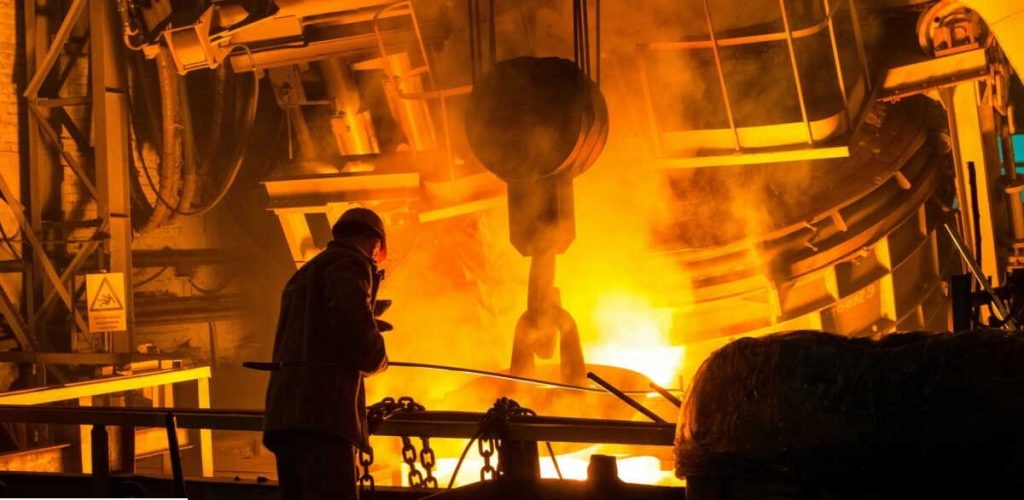A major breakthrough in steel manufacturing could soon reshape the global industry—and significantly reduce its carbon footprint. After a decade of research, Chinese scientists have developed a method to produce steel 3,600 times faster than traditional techniques, without using coal. This innovation has the potential to cut costs, lower emissions, and give China a competitive edge in global steel production.
A Radical Shift in Steelmaking
For centuries, steel production has relied on coal-powered blast furnaces, a slow and highly polluting process. Traditionally, iron ore is crushed, heated, and mixed with coke (a refined form of coal) inside furnaces at extreme temperatures, taking hours to complete.
Now, researchers have found a way to reduce this process to mere seconds. Instead of relying on coal-based reactions, they use ultra-fine iron ore powder, injected into a high-temperature furnace through a specialized vortex lance. The result? A near-instantaneous chemical reaction, producing molten iron in just a few seconds.
Steel in Just Six Seconds: How It Works
According to Professor Zhang Wenhai, the lead scientist behind this breakthrough, the new method allows steel production to be completed in just 3 to 6 seconds—compared to the 5 to 6 hours required in conventional blast furnaces.
Here’s how it works:
- Ultra-fine iron ore powder is injected into a superheated furnace using a specialized high-speed lance.
- A rapid chemical reaction occurs, forming liquid iron droplets almost instantly.
- The molten iron collects at the bottom of the furnace, creating a stream of high-purity iron, ready for use.
This process eliminates the need for coke, significantly reducing energy consumption and environmental impact. Even more impressively, it works with low-grade iron ore, which is widely available in China but has traditionally been seen as inefficient for steelmaking.
What This Means for China’s Steel Industry—and the Planet
By removing coal from the equation, this new steelmaking method could cut energy costs by one-third, making China’s steel industry more efficient and sustainable. Given that China is the world’s largest steel producer, this shift could have far-reaching implications beyond its borders.
- Lower Carbon Emissions: Steel production accounts for 7-9% of global CO₂ emissions. A cleaner process could significantly reduce China’s carbon footprint, helping meet national and international climate targets.
- Increased Competitiveness: With faster and more cost-effective steel production, China could further dominate global markets, particularly in automobile manufacturing and infrastructure projects.
- Reduced Dependency on Imports: China currently imports high-quality iron ore from Australia, Brazil, and Africa. By making low-grade domestic ore viable, this method could reduce reliance on foreign suppliers.
A New Era for Steel Production?
If widely adopted, this revolutionary technique could change the way steel is produced worldwide. By making the process faster, cheaper, and more sustainable, it paves the way for a greener future in heavy industry.
As countries push for carbon neutrality and industrial efficiency, innovations like this could be the key to balancing economic growth with environmental responsibility. The question now is: Will the rest of the world follow China’s lead?


